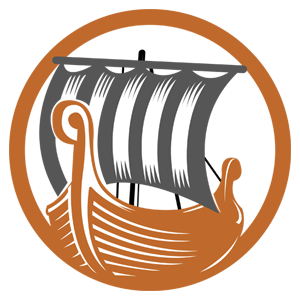I Have a Feeling We’re
Sometimes you travel to places you have seen in books and movies, and deja vu envelops you. And then there are those places uncharted that you had no idea existed. Our journey into the Andes Mountains through multicolored mountain ranges, salt flats that look like
We were picked up early at our hotel in Salta, Argentina located in the foothills of the Andes. Our tour was called Safari to the Clouds, and as we climbed up into the Andes, the morning light was shrouded in wispy clouds.



Cloud Train
On the
The Hills Are Alive with the Sounds of Color
The sculptural mountains, artistically hued, bedazzled us. There is one peak named Cerro de



Home on the Range Where the LLama Roam
Instead of cattle roaming the range, llamas, alpacas, vicunas and wild burros spreckled the Argentinean landscape.
Llamas are domesticated pack animals widely used for food here. A relative of the camel, they are definitely the prettier cousin with their long black eyelashes and snowy wool. Llama stew was the main course of our lunch menu. I did feel sheepish (mixed metaphor) eating the

We also passed several herds of vicunas, a smaller browner version of the llama with long, slender necks which have not been domesticated and are harder to spot because they blend in with the background.
Alpacas resemble a small llama and are used exclusively for their wool. Wild burros also roamed the hillsides.



It’s Beginning to Look a Lot Like Christmas: Salt Flats of the Andes
And now for something
OMG
The official name is Salinas Grandes. It’s free. The highway runs through it, and it looks like snowy fields forever. I felt like it should be cold to the touch, but, obviously, it’s salt. While it’s not snow, it is blindingly white, so be sure to don sunglasses. Turquoise water from the lake basin contrasts with the pure white salts.


Purmamarca
With the day winding down, we are dropped off at Casa de Adobe Hotel in Purmamarca in the Jujuy (who-who-


The next day we returned to Salta, but the beauty of the Andes and its glorious delights will forever be tattooed on my brain. And just when we thought it couldn’t get any better, we fly to Iguazu Falls.

